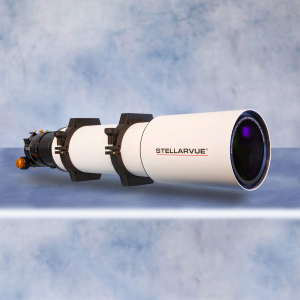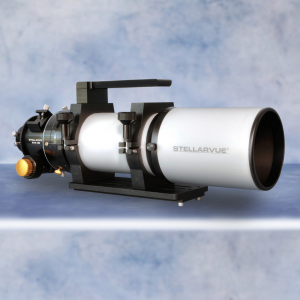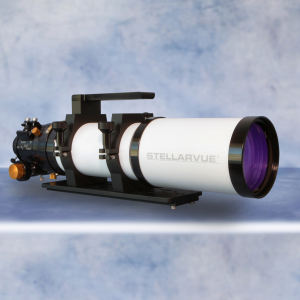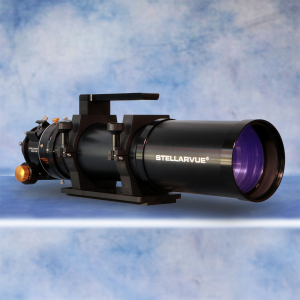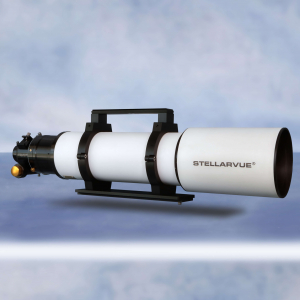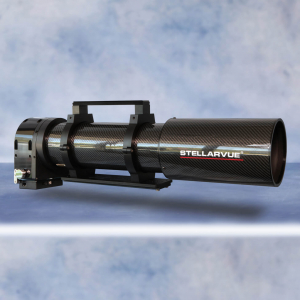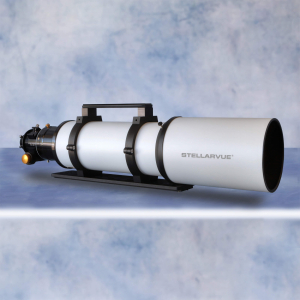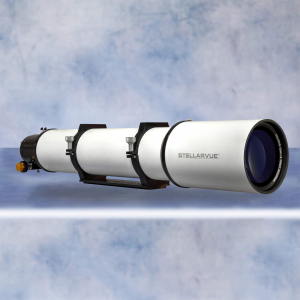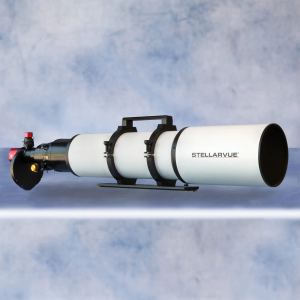SXX090T - The Heart
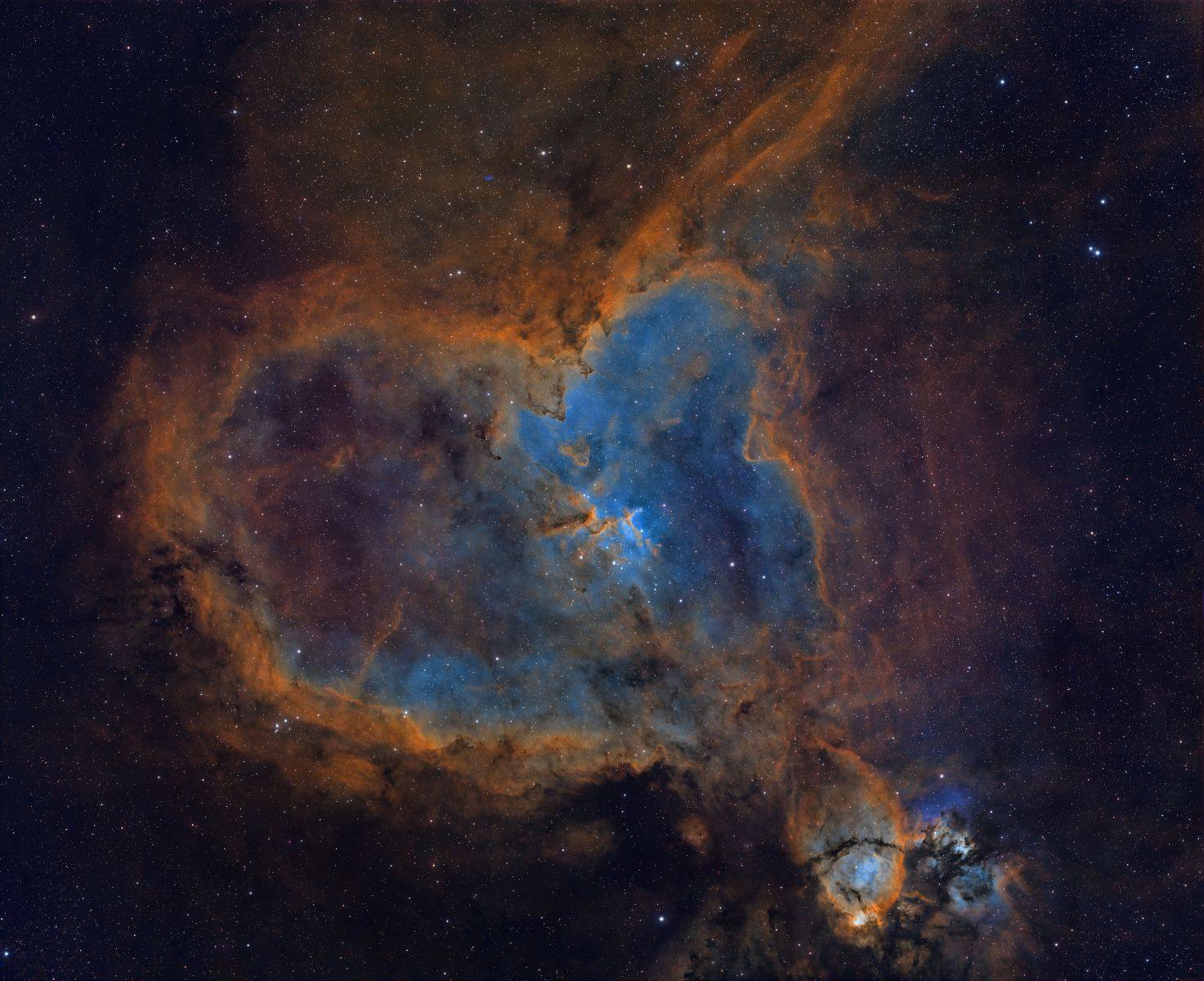

Brian Meyers caught this fabulous image of the Heart Nebula in the Perseus arm of the Milky Way with his SVX090T. This emission nebula is located in the constellation Cassiopeia, sits roughly 7,500 light-years away from Earth and is about 4 light-years in diameter. It comprises ionized oxygen and sulfur gasses, which give it its rich blue and orange colors.
Discovered by William Herschell on November 3rd, 1787, this nebula "displays glowing ionized hydrogen gas and darker dust lanes. The brightest part of the nebula (a knot at its western edge) is separately classified as NGC 896, because it was the first part of the nebula to be discovered. The nebula's intense red output and its morphology are driven by the radiation emanating from a small group of stars near the nebula's center. This open cluster of stars, known as Collinder 26 or Melotte 15, contains a few bright stars nearly 50 times the mass of the Sun, and many more dim stars that are only a fraction of the Sun's mass. The shape of the nebula is driven by stellar winds from the hot stars in its core. The nebula also spans almost 2 degrees in the sky, covering an area four times that of the diameter of the full moon."
Sources: Wikipedia contributors. (2023, December 15). Heart Nebula. Wikipedia. https://en.wikipedia.org/wiki/Heart_Nebula
References:
- "New General Catalog Objects: NGC 850 - 899". cseligman.com. Retrieved 2017-12-19.
- "astronomy-mall.com/Adventures.In.Deep.Space/NGC%201-7840%20complete.htm". astronomy-mall.
- "The Heart Nebula in Hydrogen, Oxygen, and Sulfur | Science Mission Directorate". science.nasa.gov. Retrieved 2021-12-30.
According to Brian: "This is 64 hours of total time shot over the last month."
Image Specifications:
- SII – 16h40’
- Ha – 26h5’
- OIII – 19h55m
- RGB – 30 min each
- Scope – Stellarvue SVX90-T
- Imaging Cam - ZWO 2600MM Pro
- Filters – Optolong SHO 3nm | Antlia RGB
Click here for an in-depth look at this image and other details on AstroBin.

